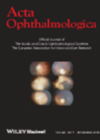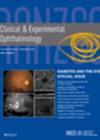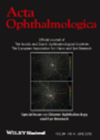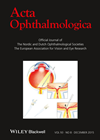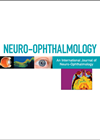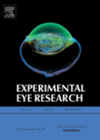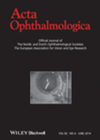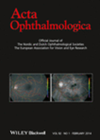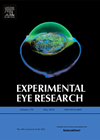
Journal Reviews
Changes in parafoveal retinal thickness after bariatric surgery in type 2 diabetics
Bariatric surgery induces an instant normalisation of blood glucose in as many as 80% of patients with type 2 diabetes. It has been previously reported that diabetic retinopathy (DR) is stable within one year after bariatric surgery. In this study,...
Retinal ganglion cell loss in diabetes and diabetic retinopathy
The aim of this observational case control study was to evaluate the association of diabetes and diabetic retinopathy (DR) with retinal ganglion cell loss. Cases were Chinese patients with type 2 diabetes with and without DR, aged 40-80 years. Eligible...
Myopia-protective against diabetic retinopathy
This meta-analysis evaluates the current evidence of the relationship between myopia and diabetic retinopathy (DR) risk. A systematic search was performed up to April 2015. Three models were used to assess the association between myopia and risk of DR: axial...
Diabetic polyneuropathy and risk of developing diabetic retinopathy
Diabetic polyneuropathy (DPN), diabetic retinopathy (DR) and diabetic nephropathy are widely classified as microvascular complications of diabetes. DPN, which may cause complete sensation loss, is another common complication of DM. The DPN-related diminished sensation presents a significant risk factor for...
A case series of acute visual loss following excessive alcohol and / or drug use
This study presents three cases of so called Saturday night retinopathy, an acute visual loss following intravenous drug abuse and stupor, leading to continuous pressure on the orbit while asleep. All three cases presented with acute vision loss and had...
Akimba mice, a model of human diabetic retinopathy
Diabetic retinopathy (DR) is a major complication of diabetes and a growing problem as the systemic disease becomes more prevalent. DR develops insidiously from an asymptomatic form through to vascular damage that leads to oedema and breakdown of the blood-retinal...
Gender variations in retinopathy
The Tromso Eye Study is a substudy of the Tromso Study; a population based longitudinal study based in Norway. The extensive 5869 participants had no diabetes and were aged between 30-87 years. Retinal images from both eyes were taken using...
Retinopathy of prematurity
This review article describes the pathophysiology of retinopathy of prematurity (ROP). The authors start by introducing the condition and its incidence. There is extensive information on the pathophysiology mechanisms involved in the condition to include normal and pathological retinal development....
New mouse model of diabetes mellitus
Diabetic retinopathy (DR) is a serious complication of diabetes. It is driven by the loss of pericytes, cells which control vascular function, due to excess formation of sugar alcohols by the enzyme aldose reductase (AR). AR has been shown to...

